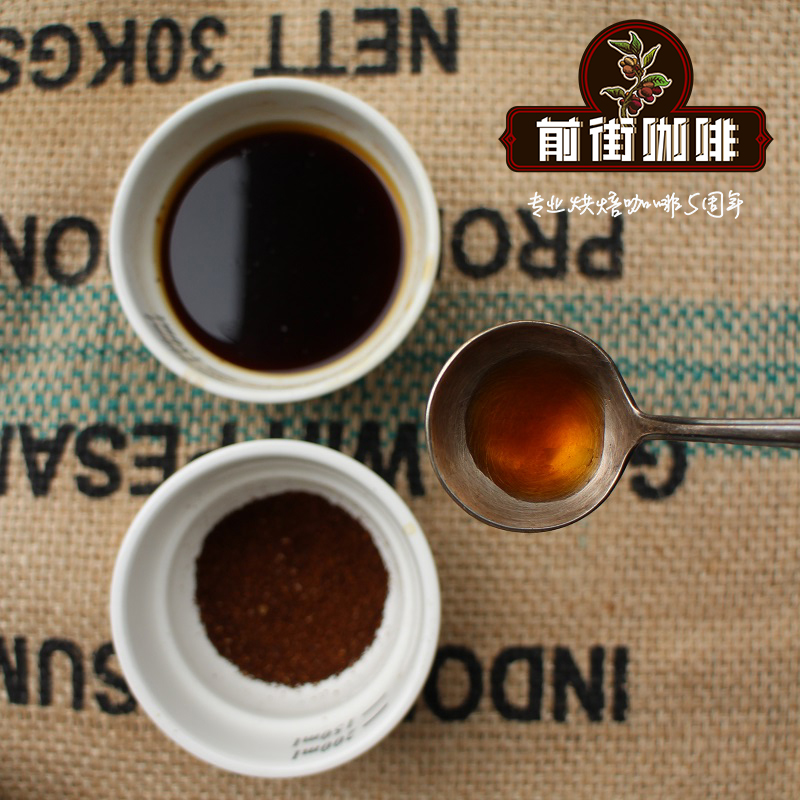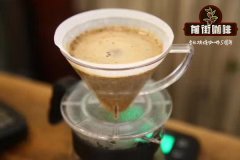What kind of coffee is from Inca? what is the taste of Peruvian coffee?

Professional coffee knowledge exchange more coffee bean information please follow the coffee workshop (Wechat official account cafe_style)
Most Peruvian coffee is organic, mainly on small-scale farms, mostly grown in the Andes. Peru, with mountains accounting for 1% of the country's total area, belongs to a tropical desert region with a dry and mild climate. The average elevation of the Andes is 4000 meters above sea level, with an average annual temperature of 18 to 26 ℃ and annual precipitation of 700~1500mm, making it rich in quality coffee. Peruvian coffee has been certified as an organic farmer by the International Organic crop Development Association (CCIA) of the United States, and Peru has become a representative producer of organic coffee.
The Peruvian coffee introduced to you today comes from the Inca manor in the Mayu region of Peruvian Zen tea. The Inca estate has 40 coffee plantations with a planting area of 1500 hectares, all planted at 1650-2000 meters above sea level, and 100% Arabica beans (belonging to the blue mountain coffee native species).
"drinking coffee, looking at the ruins of Inca ancient civilization, the faint smell of creamy walnut, Peruvian folk songs played by flute from time to time, I feel like I have passed through in an instant and returned to the mysterious medieval times."
The coffee of Latin America and the mysterious ancient Inca civilization are fascinating. Who would have thought that she did not have half a bean before the 18th century (coffee appeared in the 15th century). It was not until the 18th century that coffee was introduced and grown at high elevations.
If subdivided, there are dozens of coffee producing areas in the high mountains and plateau regions of Latin America, all of which sound dizzy. For those who are interested or just getting started, you might as well start with Peruvian / Colombian coffee.
Coffee from these two producing areas is easy to stir up the desire to know about coffee, thus turning a person who drinks coffee occasionally into a lover who savors coffee carefully. As an experienced man, he has a lot of experience.
Peruvian / Colombian coffee grew up in luxury, and alpine meltwater, combined with fertile soil and plenty of sunshine, nurtured fresh, fruity beans.
Inca Manor, which belongs to the same producing area as the famous Hermaka in Peru, is rich in minerals in the soil, which makes the coffee mellow, smooth, sweet and layered.
two。 Adhere to the concept of natural organic planting
In Peru, people have always had respect and awe for nature since the time of their ancestors. The Inca indigenous peoples are extremely strict in protecting the environment (water, air, soil and vegetation) and never use pesticides (production and import are prohibited).
3. Shade planting method
Shade planting ensures the quality of organic coffee, but reduces the yield of coffee.
4. Insist on manual picking
Each coffee bean is hand-picked by the local Inca indigenous people and is all red fruit.
5. Sun treatment
Picked all-red fruit coffee beans, after many times of manual selection, completely sun-dried for about 70 days, coffee contains sweet fruit, back sweet very long.
6. Alpine snow water irrigation
The top of the Andes is covered with snow all the year round. Unlike coffee grown in this land, unlike coffee in other areas, which can only be bathed in Rain Water, their outstanding quality is also irrigated by melting snow water.
END
Important Notice :
前街咖啡 FrontStreet Coffee has moved to new addredd:
FrontStreet Coffee Address: 315,Donghua East Road,GuangZhou
Tel:020 38364473
- Prev

What are the best Peruvian coffee brands?| Peruvian coffee tour takes you to know Peruvian coffee
Professional coffee knowledge exchange More coffee bean information Please pay attention to coffee workshop (Weixin Official Accounts cafe_style) In the coffee world, in fact, Peru's planting history is not long, but Peru is a rich country of fine coffee, and only 10% of Arabica coffee beans in the world are called fine coffee. Peru has a unique natural environment: high altitude, plateau climate,
- Next

Introduction to the Flavor and taste of Fine Coffee in Inca Manor in Peru, South America
Professional coffee knowledge exchange more coffee bean information please follow the coffee workshop (Wechat official account cafe_style) Machu Picchu, located 75 kilometers northwest of Cuzco in present-day Peru, the entire site towers on a ridge about 2350 meters above sea level, overlooking the Urubamba Valley, surrounded by tropical jungles, is famous in Peru
Related
- Beginners will see the "Coffee pull flower" guide!
- What is the difference between ice blog purified milk and ordinary milk coffee?
- Why is the Philippines the largest producer of crops in Liberia?
- For coffee extraction, should the fine powder be retained?
- How does extracted espresso fill pressed powder? How much strength does it take to press the powder?
- How to make jasmine cold extract coffee? Is the jasmine + latte good?
- Will this little toy really make the coffee taste better? How does Lily Drip affect coffee extraction?
- Will the action of slapping the filter cup also affect coffee extraction?
- What's the difference between powder-to-water ratio and powder-to-liquid ratio?
- What is the Ethiopian local species? What does it have to do with Heirloom native species?

